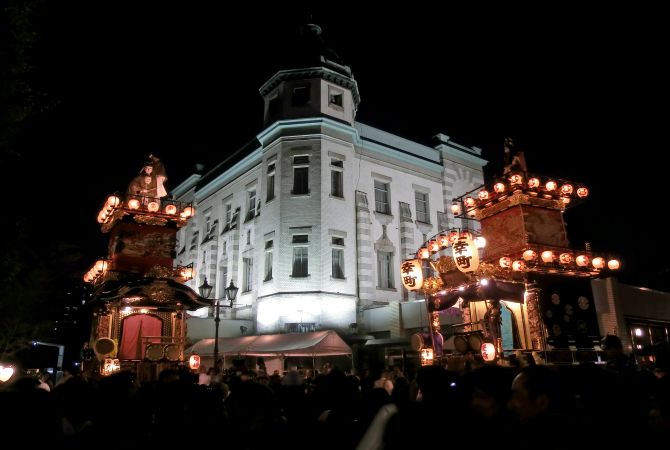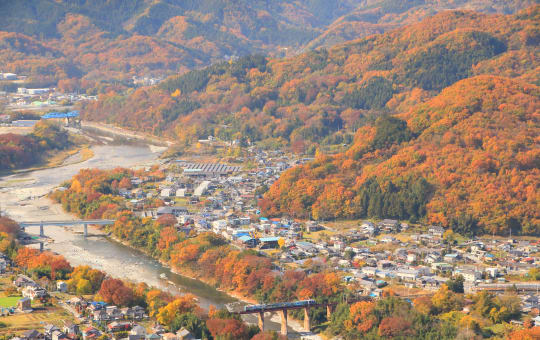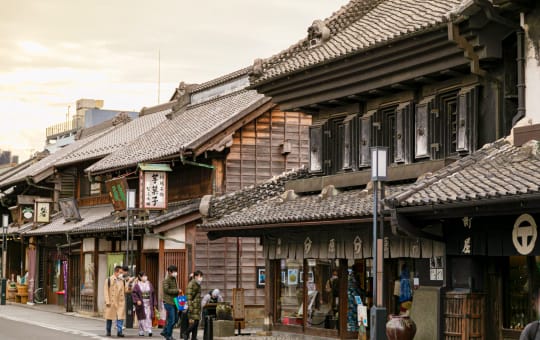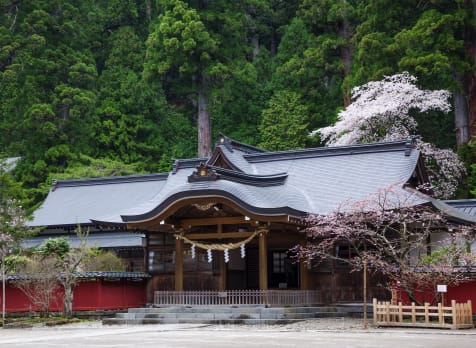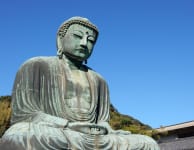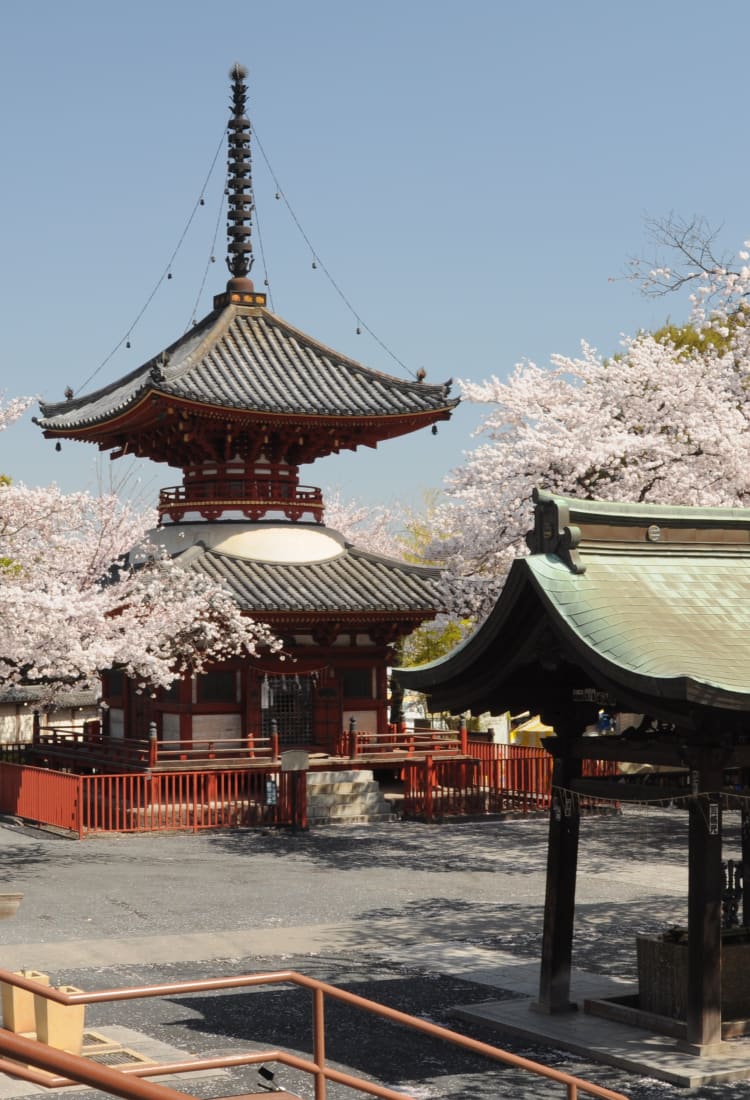

SAITAMA Kawagoe A charming town north of Tokyo retaining its historic Edo period atmosphere
A charming town north of Tokyo retaining its historic Edo period atmosphere
Kawagoe is most famous for its many traditional buildings, which have earned it the nickname Koedo (literally "Little Edo"). With its many sights, traditional shops, and popular seasonal events, the area truly comes alive on the weekend, making it a great day trip from the heart of Tokyo.
Don't Miss
- Kawagoe's Warehouse District, the Toki no Kane bell tower, and traditional candy shops
- Taisho-Roman Street's elegant and nostalgic buildings from the Taisho (1912-1926) and Showa (1926-1989) eras
- Kawagoe's many intriguing temples and shrines
How to Get There
Kawagoe is located in southwestern Saitama , north of Tokyo, and is less than an hour from major Tokyo stations by express train.
You can access Kawagoe's main station, Hon-Kawagoe, by taking the Seibu Shinjuku Line express train from Seibu Shinjuku Station. Seibu Shinjuku Station is a 5-minute walk north of JR Shinjuku Station. It takes under an hour to get to Hon-Kawagoe from Shinjuku.

Walk down the streets of merchants
Kawagoe is called Koedo, which means "Little Edo" in Japanese. Its streets have been maintained since Japan's historic Edo period (1603-1867). The Warehouse District on Kurazukuri Street is lined with old earthen storehouses, unique two-story buildings from the time the city flourished as a major transportation and commerce hub.
A sight not to be missed is the Toki no Kane, or "Bell of Time." This bell tower has marked the time for centuries, and continues to ring four times daily.

Wander the delightful candy alley
Kawagoe has many other things to see, including Candy Street, a street lined with stores where traditional Japanese candies are made the old-fashioned way.


The many faces of Buddha
There are several beautiful temples and shrines in Kawagoe worth visiting, most notably Kitain Temple . It was built about 1,200 years ago. The most striking aspect of the temple is its 538 stone statues of Buddha, each with its own face and unique posture. No two statues look exactly alike, and according to popular belief, there is a statue that resembles anyone who visits the temple.
Mythical and playful sacred sites
Kawagoe Hikawa-jinja Shrine is a Shinto shrine dating back to the 6th century that has a torii gate 15 meters tall.
Kawagoe Kumano-jinja Shrine is a place with fortunes and points of interest on its grounds that are fun for both children and adults. The shrine is within walking distance from Hon-Kawagoe Station.

Nostalgic Taisho-Roman Street
Kawagoe also introduces visitors to the relatively recent history of Japan as well. Taisho-Roman Street is lined with old, retro western-style buildings from the Taisho and Showa eras. Luckily there are also no overhead power lines, which makes it great for photographs and film shoots. This street has been used for shooting many of the Japanese period films set in these eras.
Kawagoe Castle
Kawagoe Castle's Honmaru Goten is the only remaining building of Kawagoe Castle. It was the castle's innermost palace and served as the lord's residence and offices. It played an important role in the early Edo period as a satellite fortress for the ruling Tokugawa Shogunate. Enter the building to get a sense of what the life of a feudal lord was like back then.
Kawagoe's festival floats
If you would like to experience the town's major festival, the Kawagoe Festival , visit during the third weekend in October. This exciting event sees ornate floats gather in the heart of the town, and features a musical competition in the evening.
